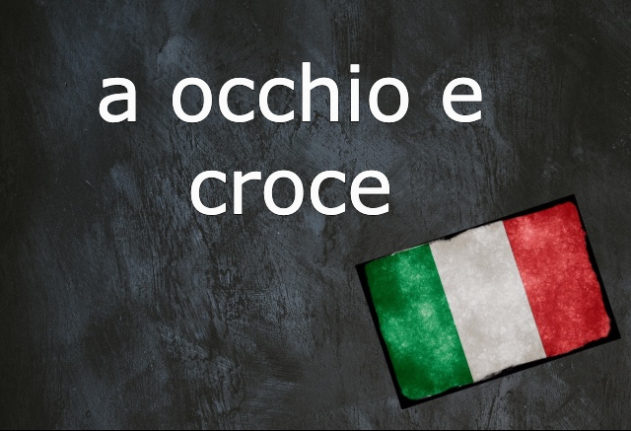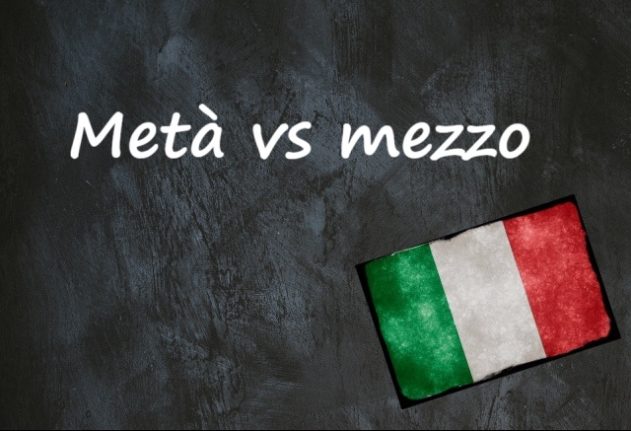Italians aren’t exactly sticklers for precision.
In fact, it could be argued that most have a natural (and exceedingly irritating) inclination to be as vague as they possibly can when expressing times, sizes and other types of measurement.
That’s a big part of the reason why the expression a occhio e croce is so popular in ordinary, day-to-day Italian.
A occhio e croce, which is literally translatable as ‘by eye and cross’, is essentially used to refer to any calculation or judgement the speaker is unsure of. Its most immediate English equivalents are: approximately, roughly, more or less and give or take.
Quante persone c’erano alla festa ieri?
Mah, 30 persone, a occhio e croce.
How many people were at the party yesterday?
Hmm, 30 people, give or take.
–
Quanto è distante casa tua da qui?
Credo due chilometri, a occhio e croce.
How far is your place from here?
Roughly two kilometres, I think.
As shown by the above examples, a occhio e croce generally follows the object the speaker is unsure of, though it can sometimes be used at the start of a sentence:
Quanta corda ti serve per la barca?
A occhio e croce, direi tre metri.
How much rope do you need for your boat?
At a rough guess, I’d say three metres.
In these cases, the expression is best translated as ‘at a guess’.
It’s also worth pointing out that some ‘lazy’ native speakers might sometimes remove the preposition a and only say occhio e croce. In such situations, the meaning remains the same.
Now that you more or less know how to use the expression, you might be wondering where it comes from.
The phrase is largely thought to have originated within Florence’s Silk Guild in the Late Middle Ages.
There, whenever one or more threads would come unthreaded, workers would have to rethread them a occhio, meaning by sight, and a croce, that is by following a rough cross pattern. Hence the expression a occhio e croce.
Do you have a favourite Italian word you’d like us to feature? If so, please email us with your suggestion.



 Please whitelist us to continue reading.
Please whitelist us to continue reading.
Pazienza – its use as an interjection and possible translations